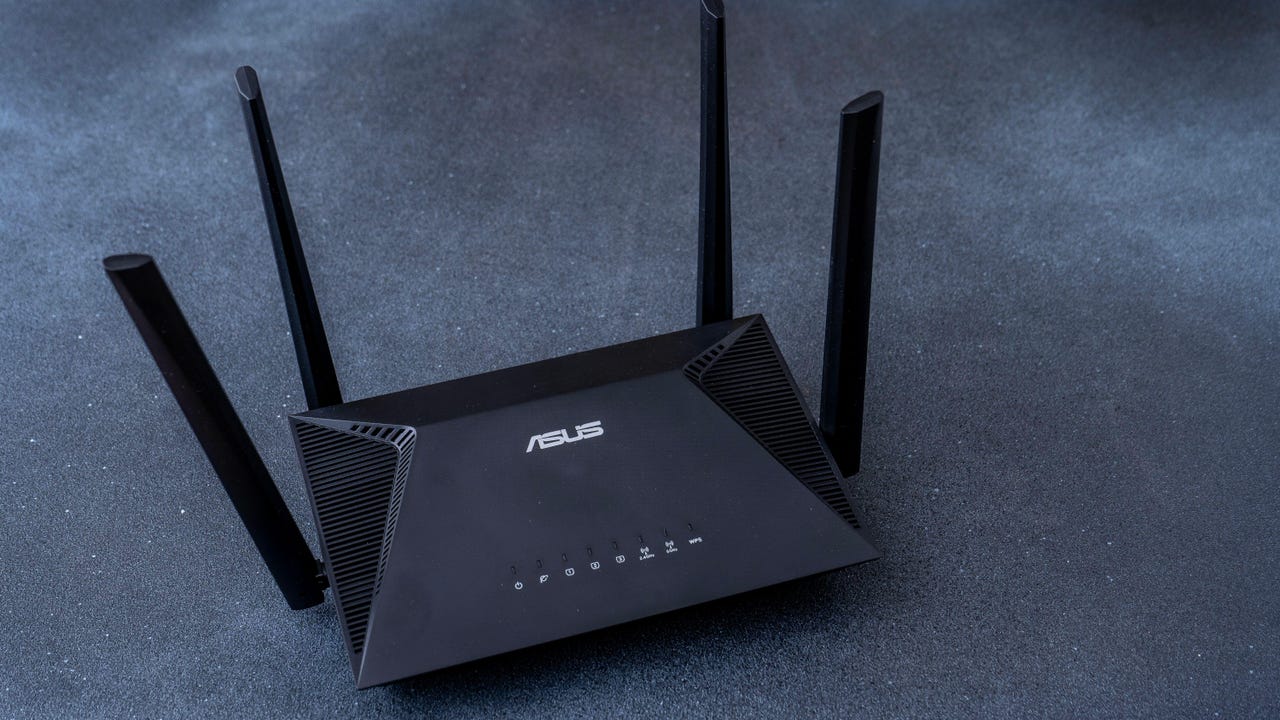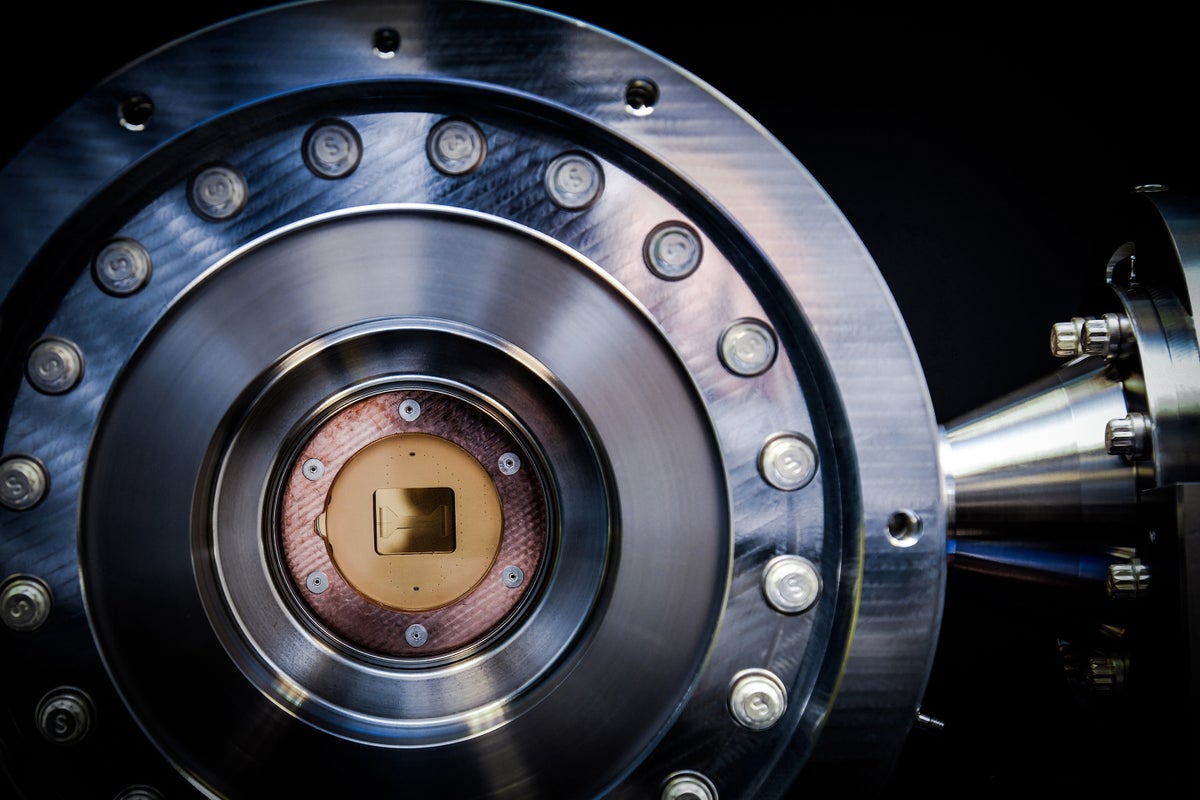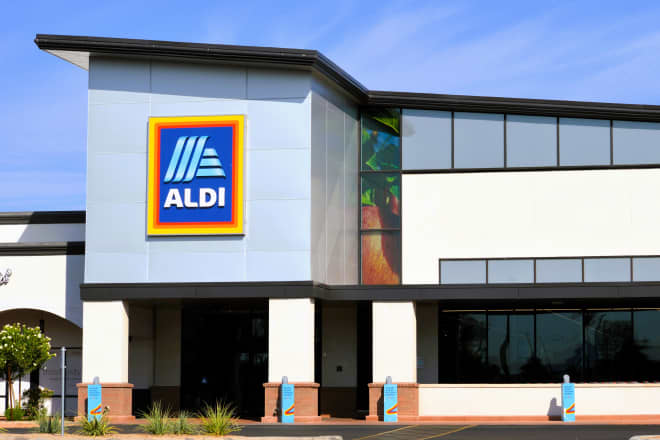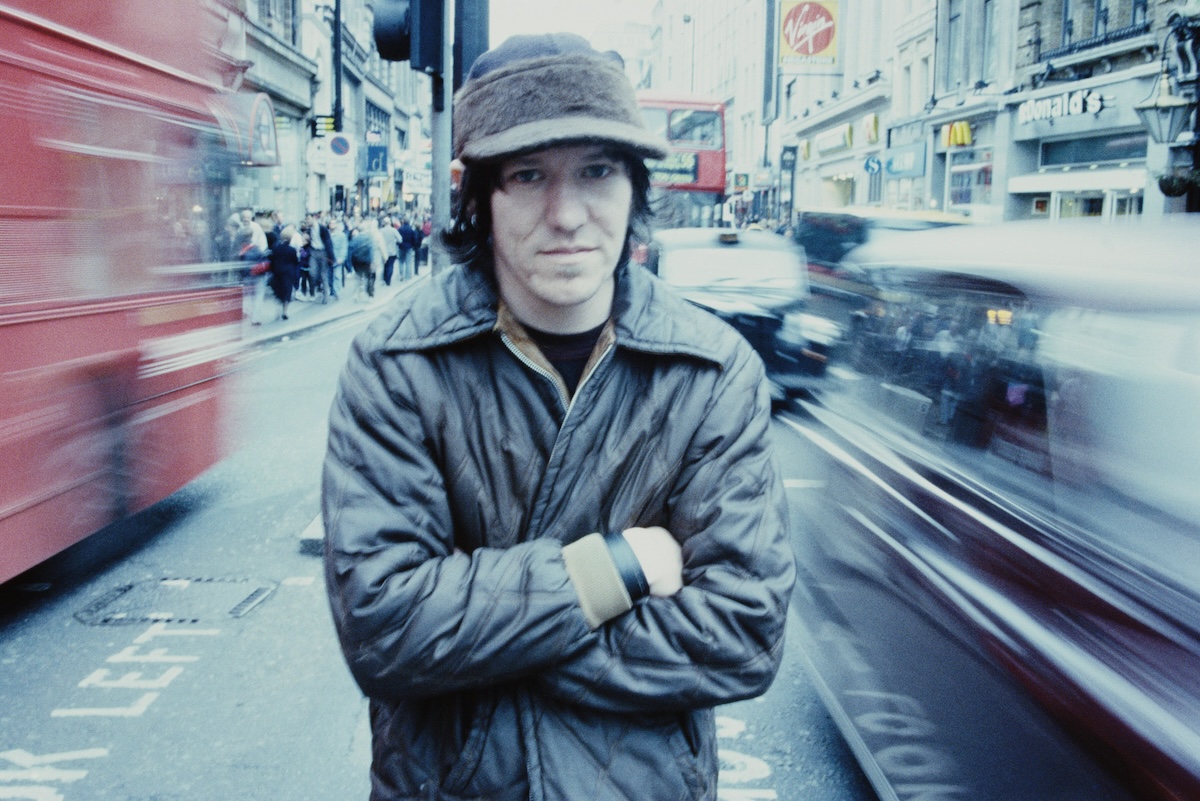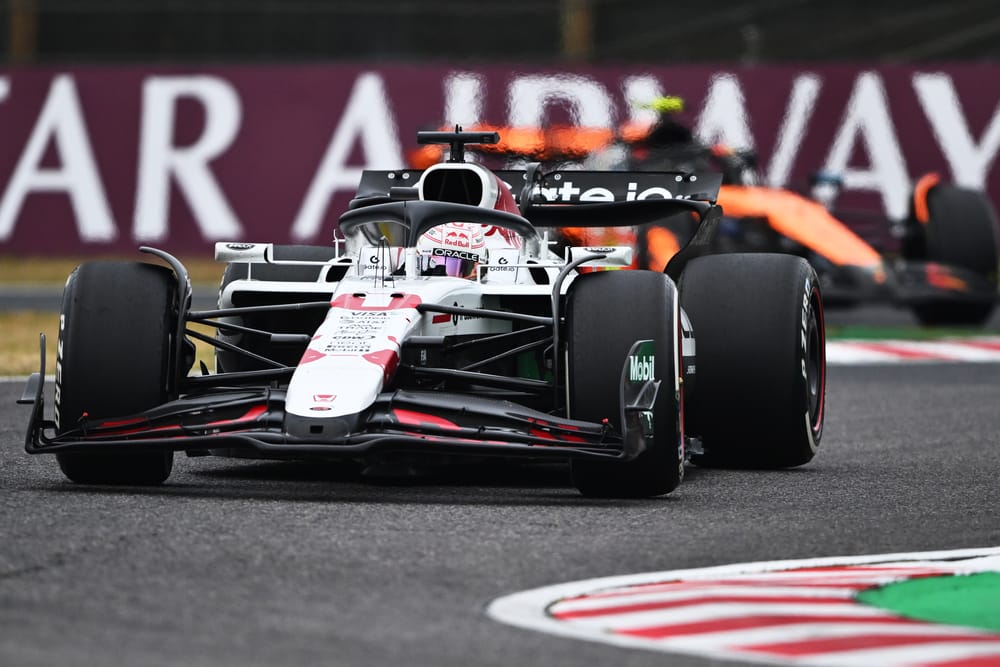Why following is so hard in F1 2025 and when it can be fixed
A processional Japanese GP triggered fears we could be in for a season of dull racing - how worried should F1 be and can it be fixed?
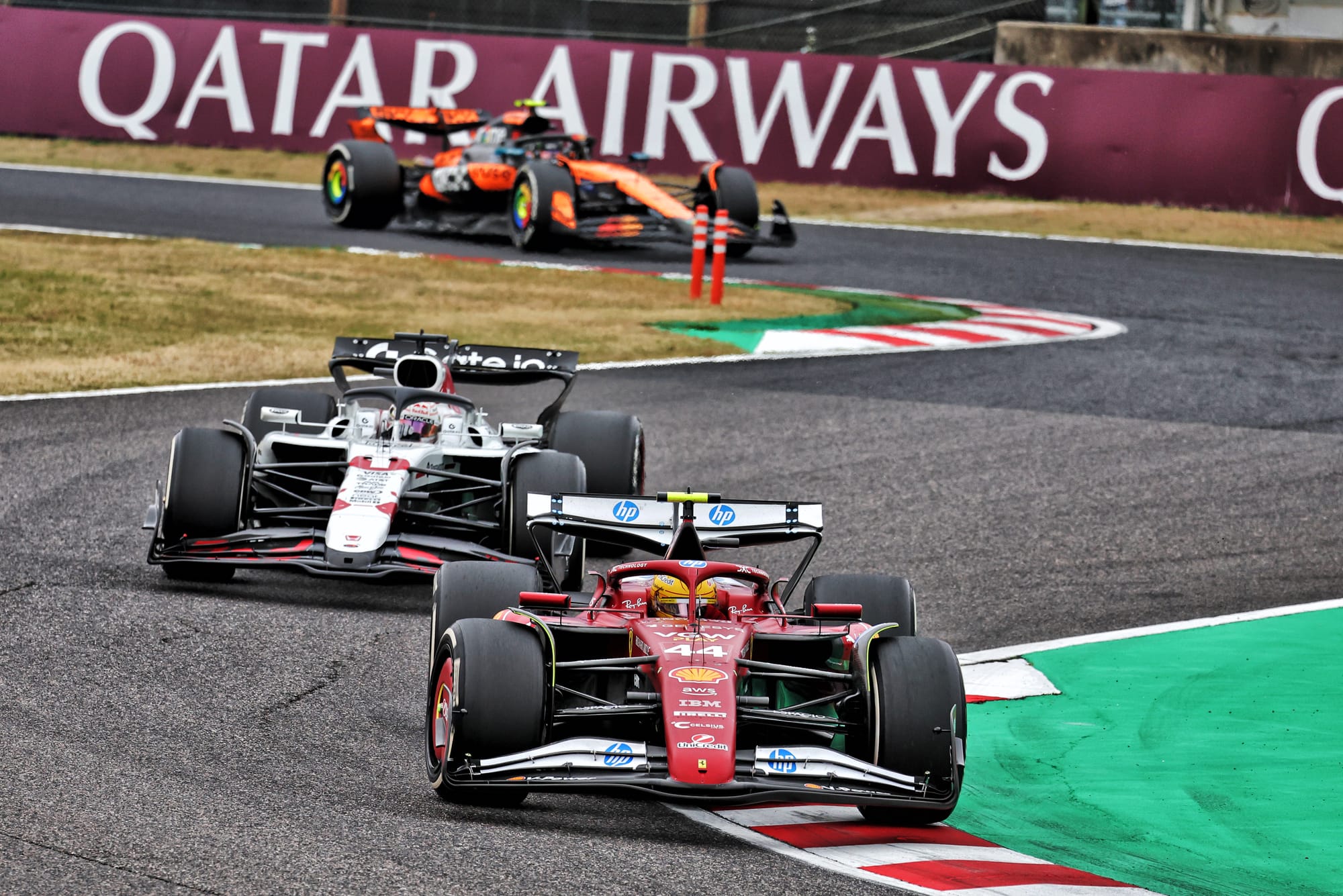

The processional nature of last weekend’s Japanese Grand Prix has triggered fears that we could be set for a season of dull races increasingly decided by qualifying results - but could some aggressive action from Pirelli be the answer?
With just one change of position in the top 10, thanks to Lewis Hamilton getting past Isack Hadjar for eighth, last weekend's race at Suzuka rammed home how the current cars are getting worse for racing.
There were just 15 passes that took place after the first lap – down from 48 in 2024, and 29 in 2023.
Afterwards, Fernando Alonso likened it to be not much different to Monaco – where F1 has introduced a mandatory two-stopper for this season to avoid that being so boring.
“This is Suzuka,” the Spaniard said. “I don’t remember a race even in the past that we see too many overtakes here without the weather changing.
“It seems like we repeat always on Thursday how great Suzuka is, how great Monaco is; the glamour, the spectacular weekend.
“Then on Sunday we wake up and say ‘oh, Monaco is boring! What can we do to the track? Suzuka is boring’. This is Formula 1.”
Why Suzuka was so bad

The main focus after the race for why the Japanese GP had not delivered was dirty air – with cars not able to follow each other close enough to go for an overtake.
Max Verstappen had been able to control things from the front, with the faster McLarens of Lando Norris and Oscar Piastri behind him unable to do anything to get past him.
But there is also an aspect that Suzuka’s layout is not ideal for modern F1 machinery – with lots of long flowing corners not allowing cars to follow each other close enough.
There is also only one DRS zone, and that is into the high-speed Turn 1, so is not particularly of any use in allowing anyone to pull a move off.
The long run out of Spoon would be a good place to have a second DRS zone.
But it’s impossible to have one there because the 130R corner at the end of the straight is pretty much flat – so there would be an inherent risk in drivers trying to take the corner with their flap open.
Suzuka's lack of thrills was not just about the cars though because there were other elements at play too.
The main one being that, thanks to the resurfacing of the first sector of the track, tyre degradation was much less than it had been in the past.
That not only meant that there was no performance offset between cars in terms of how well they were looking after their tyres, but it also turned the race into a predictable one-stopper.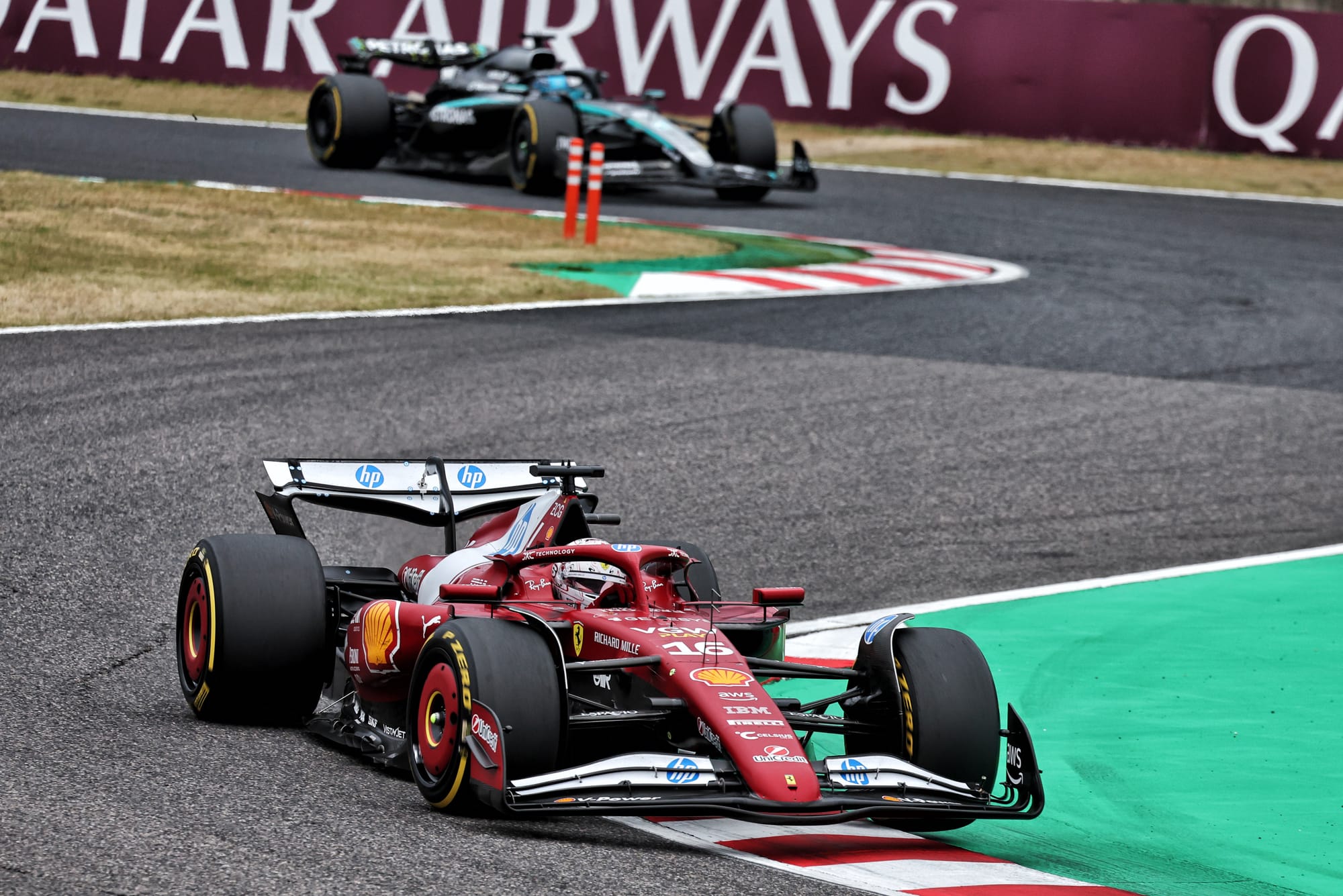
Ferrari team boss Fred Vasseur suggested that the lack of action in China and Japan was down to their new surfaces being kinder on tyres.
“I think the one-stop races are more linked to the resurfacing than something else,” he said.
“We are asking Pirelli to have tyres with more degradation but if we are resurfacing everywhere, we are killing the system and it's more for this reason that we are doing one-stop races.”
Another overlooked factor as well is that the competitiveness of the grid is so close now that there is very little pace difference between the cars.
With Suzuka needing an offset of between 0.7-0.8 seconds for a car to be able to get past one ahead, the current differences are nowhere near that.
This further adds to the likelihood that cars get stuck in a train which, allied to a dull one-stop strategy, means the results can be pretty much decided by the grid order.
As Vasseur said: “The closer you are, the smaller the gap is between cars. It's even more true because then you are in the group of cars, it's not that you are just one fighting with the guy in front of you. So, it [2025] will probably be a quali championship.”
F1’s dirty air issue won't just go away
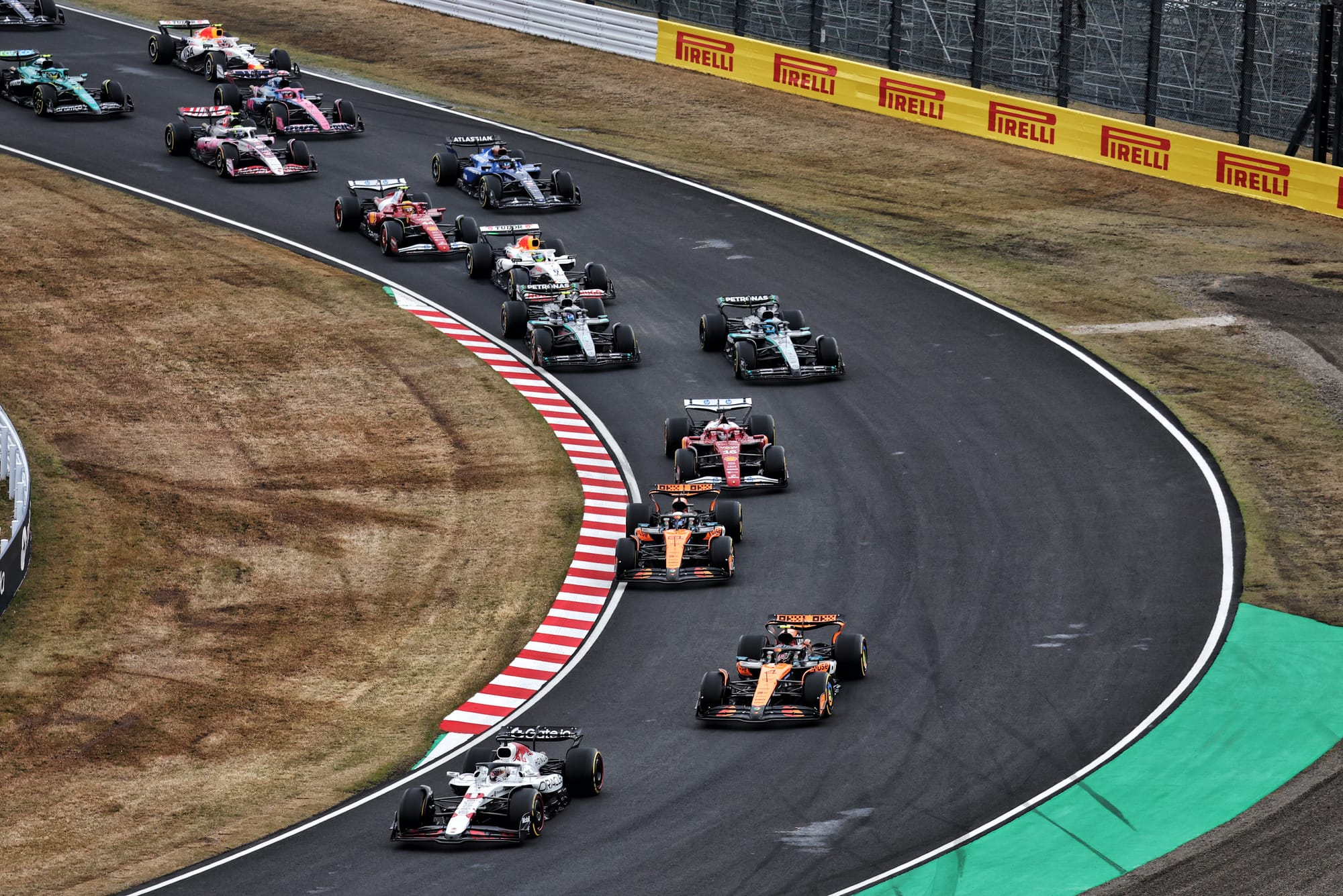
Some of the circumstances of Suzuka will not be repeated at forthcoming races, such as the low degradation surface, or a track configuration that does not offer many overtaking opportunities.
But there is no denying that F1’s current generation of cars are pretty bad when it comes to allowing drivers to follow each other closely without getting hurt by dirty air.
World champion Max Verstappen said: “The cars are improving every single year, with more downforce, and probably you'll see it's just a bit harder to follow.”
The 2022 rules set had been intended to get rid of the dirty air problem, but they left open enough areas for teams to exploit so that, as the downforce has increased, so too has the turbulent wake the cars leave behind.
McLaren boss Andrea Stella thinks that only the regulations revolution coming in 2026, where the FIA thinks it has addressed areas it did not get right with the current cars, will see a big change of circumstance.
“I think the dirty air is a factor and possibly this is one of the reasons why the 2026 regulations may introduce some reset from this point of view,” he said.
“Even if this generation of car was conceived to actually improve following, that’s what we were talking about in 2022, there’s been so much aerodynamic development that they have become so much of an aerodynamic machine, that as soon as you follow, you lose the performance.”
The tyre factor
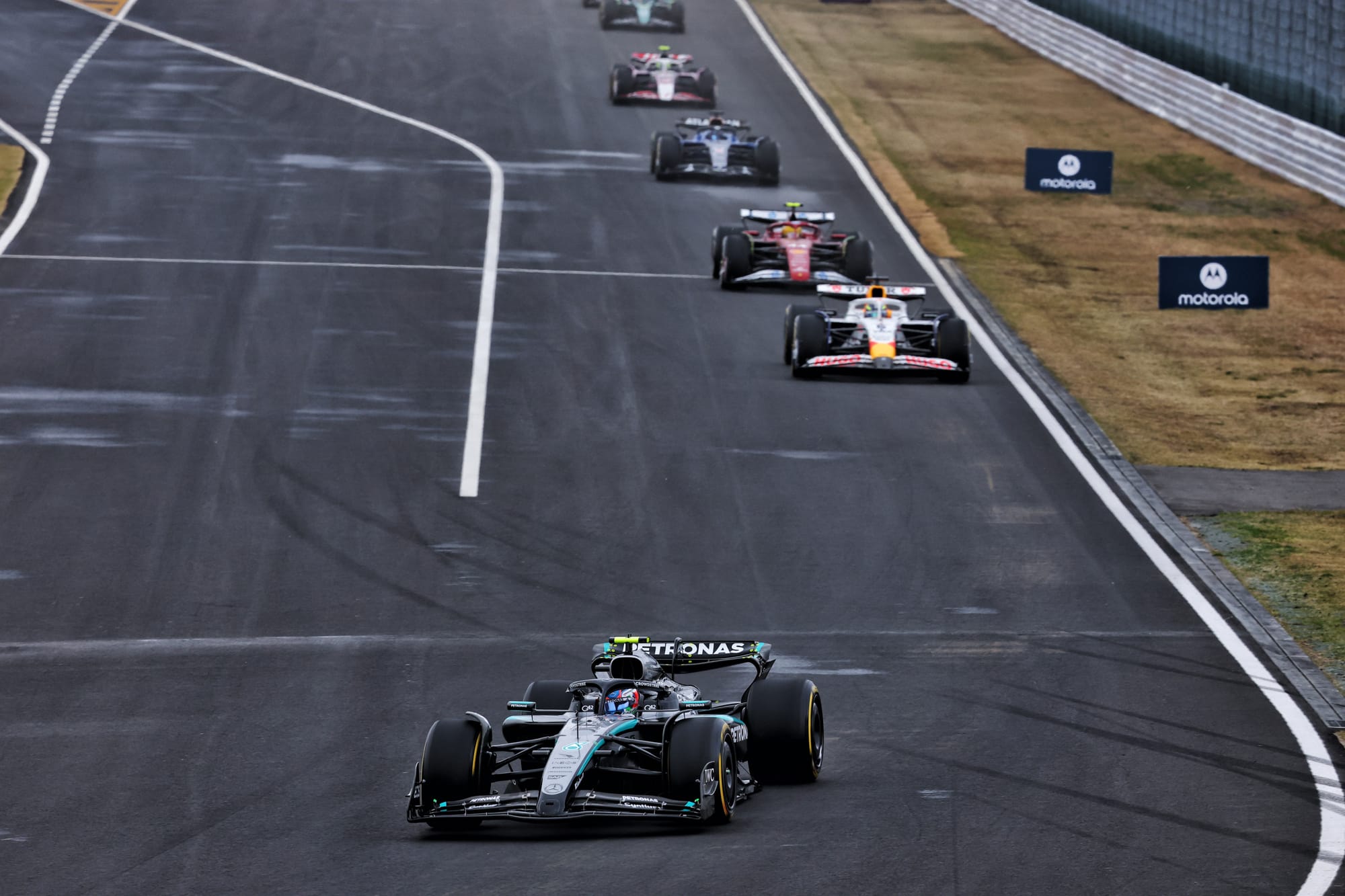
While the dirty air problem is not going to go away soon, that does not mean all hope is lost in F1 being able to deliver some decent racing this year.
The focus now appears very much to be on what role tyre choices can have in spicing things up a bit, and moving grands prix away from being straightforward one-stoppers.
This is going to require Pirelli being a bit more aggressive in its choices.
The Italian company informed F1 teams on Wednesday that it will be taking a step softer tyres compared to last year to the Miami and Emilia Romagna Grands Prix – with that decision having been taken weeks ago and well before what happened in Japan.
Miami will feature the C3, C4 and C5, while Imola will see the debut of the new ultra soft C6 – which will run alongside the C5 and C4.
Pirelli has long been clear that it wanted to use the opening races of this season to experiment a bit with its compound choices – which is what fuelled the more aggressive choice for Miami and Imola.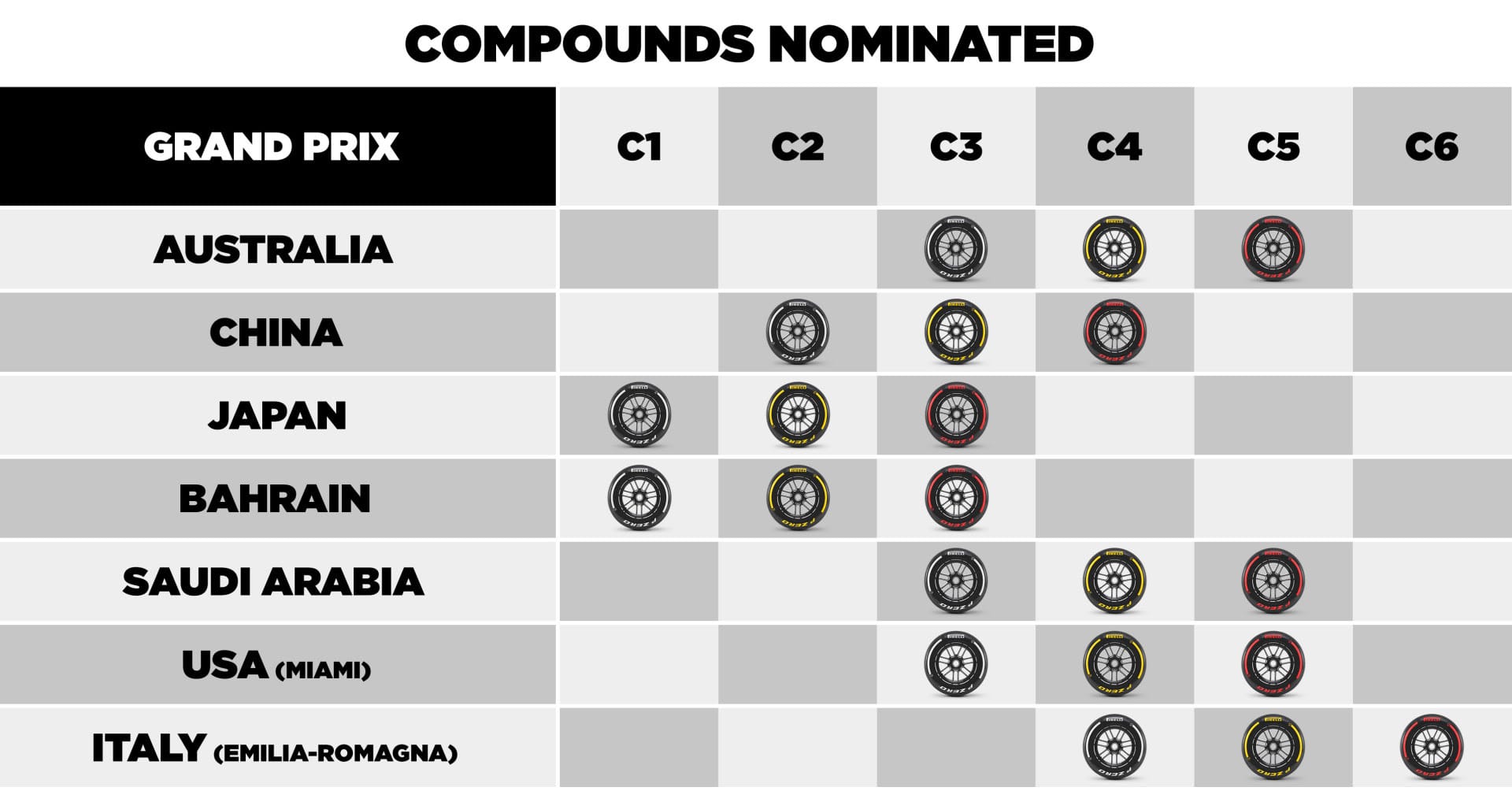
And while its director of motorsport Mario Isola understands that drivers love being able to push on tyres that do not degrade, like what happened in Japan, he is well aware of the duty his company has to ensure the spectacle is as good as possible.
“We are well aware that teams and drivers have become very adept at managing and looking after their tyres to get the best possible race result, and that the drivers always want to push to the limit to experience the thrills that only a Formula 1 car can offer,” Isola said.
“However, we must balance this with the shared desire among all key stakeholders in our sport to create the conditions for unpredictable and spectacular races.
“Tyres and their behaviour are an important part of that picture and as a partner of Formula 1, we want to be proactive in this regard.”
But it is not just in going softer that Pirelli has the means to make things more exciting.
Pirelli's chief F1 engineer Simone Berra said that another way to trigger more entertainment could be to not bring consecutive compounds – with a jump perhaps triggering some strategy headaches for teams.
“I think we need to evaluate after the first six or seven races to decide which is the compound allocation for the rest of the season,” he said. “We don't want to be too conservative.
“We are going to evaluate the performance of the compounds, and we would like to evaluate the delta of the compounds, because we are getting more data as the season progresses.
“Also, we would like to evaluate the possible skipping of the compound. So for example, bringing C3, C5 and C6 or C3 C4 and C6, so all the combination.
“We are evaluating everything.”
The Japanese GP spectacle may have been a disappointment, but it is premature to write off the whole season because of it.


















_Tanapong_Sungkaew_via_Alamy.jpg?width=1280&auto=webp&quality=80&disable=upscale#)
